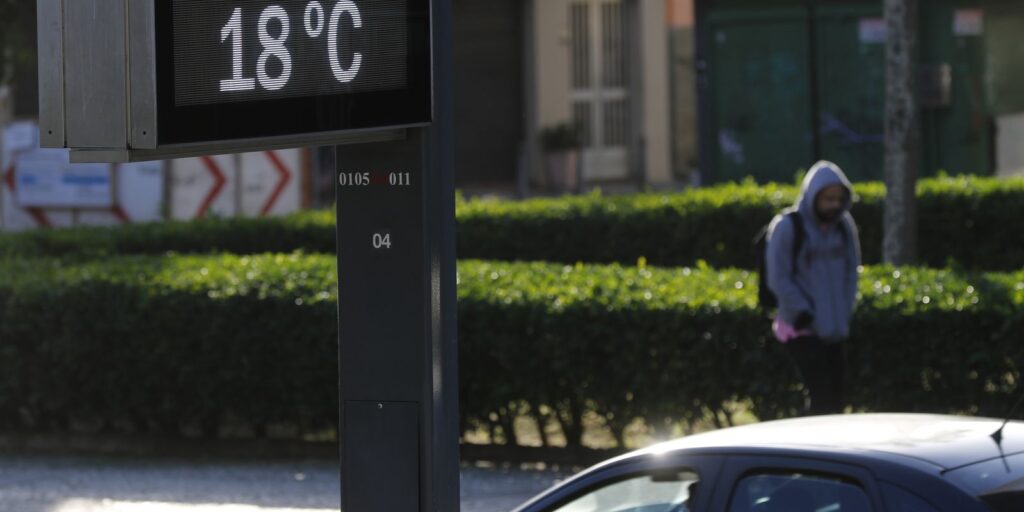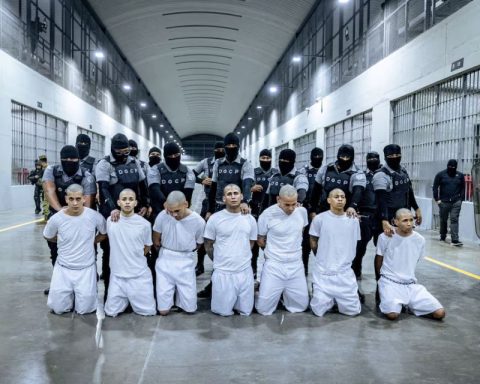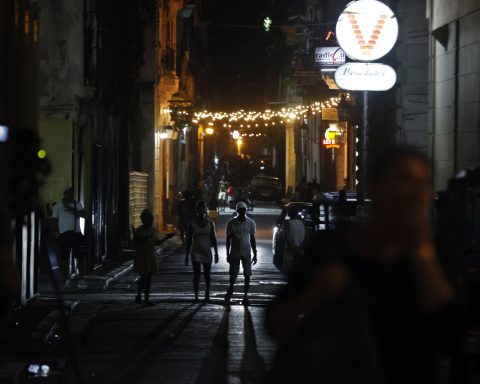The phenomenon of Korean cinematography, taking as its axis its local impact, sustains the book “Korean Cinema in Argentina: A Movie Story”presented in Buenos Aires by the Korean Cultural Center with a focus on compiling stories, reviews, analyzes and illustrations that narrate the link between both countries from the seventh art.
As part of Han Cine festival, which will take place between September 1 and 7 at Cinemark Palermoand compiled by Gabriel Pressellothe volume is available for free in digital formats and there will be print lots for libraries, raffles and deliveries.
With recognized pens from programmers, directors, specialized journalists and industry leaders, the compilation has articles from Quintín, Andrés Di Tella, Javier Porta Fouz, Alejandro Cacetta, Benjamín Naishtat, Diego Batlle, Rolando Gallego, Pablo Manzotti, María Fernanda Mugica, Javier Ponzone, Bowha Han, Paula Didier Y Andres Duprat.

Diego De Ángelis, Hugo Sánchez, Leonardo D’Espósito, Diego Brodersen, Ángela Chae, Fernando Lima, Marcelo Alderete, Sung Moon, Jorge Bechara Christian Basso, Tamae Garateguy, Sofía Ferrero Cárrega, Jung Eun Lee, Diego Lerer, Mariano Ojeda also wrote. , Citrus Critic, Juan Álvarez Branda, Manuel Mamud, Hernán Panessi, Natalia Trzenko, Ayelén Zabaleta, Marcela Soberano, Tomás Linch, Federico Poore and Horacio Marmurek.
The work aims “serve as a gateway to Korean cinema for people who don’t know about the subject and for those who do know about it to discover stories they hadn’t heard about”Pressello told in dialogue with Télam.
“All the texts have the characteristic of being brief and taking Korean cinema from different angles: there is an analysis of films and directors but also about the phenomenon of Korean cinema crossed with other phenomena such as K-Pop, local cuisine, local series and genre cinema”, detailed the cultural manager and head of institutional relations and press of the Korean Cultural Center.
Télam: What kind of data does the work provide?
Gabriel Pressello: The book works to rescue many personal stories, anecdotes and situations that occurred regarding the entry of Korean cinema in Argentina. It is very useful to the cinephile public to know unknown or messy aspects of the subject. Stories are recovered from the first Bafici and festivals in Mar del Plata, which is where Korean cinema appeared here, and which are often lost stories of people who, by accident, somehow got involved with it. It is a kind of historical record of many situations and people involved with Korean cinema in Argentina. A witness case of how a cultural phenomenon is generated in the country: how we watch movies, how new consumption enters and how we take it and circulate it. Also about how much of that is generated from politics and chance.
T: What is characteristic of Korean cinema compared to other cinemas in the world and in relation to closer cultures such as Japan?
GP: I think that Japanese cinema is, to say the least, very Japanese. And Korea knew how to take a global code of cinema, more in “Made in Hollywood” terms, but giving it its notional characteristic imprint, which made it possible to expand much more because it is accessible to everyone, by sharing that base code. On top of that, it gives it an added value that refreshes the genres and stories, which we would have considered seen if they came from Hollywood but being in Korea, with its culture, everything was renewed and made Korean cinema much more attractive by giving it its differential with respect to other cinemas, which are much more local. Korea knew how to mix well the global code with the local one.
T: Why is there the current rise of Korean culture internationally among young people with K-pop and cinema and why is it also happening in Argentina in particular?
GP: Korea thinks of its cultural industry as a policy that it carries forward: we at the Center are part of that, its Argentine expression, but Korea has a solid star system that is linking cinema with other artistic disciplines, so everything is reinforced and quite well thought out to generate successful products.
T: How is the internal consumption of cinema in Korea?
GP: It is one of the few countries in the world that sees more local cinema than foreign, which is mostly from Hollywood. In the last decade, of all the movies Koreans went to see, more than half were domestic. In Argentina, with luck, it reaches 10 percent. The Korean public is also the population that goes to the cinema more times per capita in the world. A Korean goes on average 4.5 times a year and an Argentine, 1.1.
T: Beyond the recent popularity of Korean cinema, what relevance does the Bong Joon-ho phenomenon have for this cinema?
GP: The success of “Parasites” in terms of awards came to specify something that already existed and lacked the finishing touch: it is the legitimization of something that was already working and was a fact; he lacked the last endorsement of the Oscars to break that last fence. It is the concretion of a whole work of the new wave of Korean directors that triumphed 20 years ago: Bong Joon-ho, Park Chan-wook, Hong Sang-soo, Kim Ki-duk and Lee Chang-dong. The success of “Parasites” served to give it more massiveness. New technologies and content from around the world favor this and encourage the public to consume other things.
T: How is the institutional framework of Korea to promote its cinema in our country?
GP: The Cultural Center depends on the Korean Embassy and, at the same time, is part of the country’s Ministry of Culture, and in recent years it has placed a lot of emphasis on the training industry, with “Hallyu”, which is the wave Korean from the 21st century. It started as something occasional putting together film cycles until we started with the Han festival, no longer for a specialized audience but to reach mass taste. And we became linked over time with Incaa, with DAC, Cinear and the Mar del Plata film festival and Bafici.

















